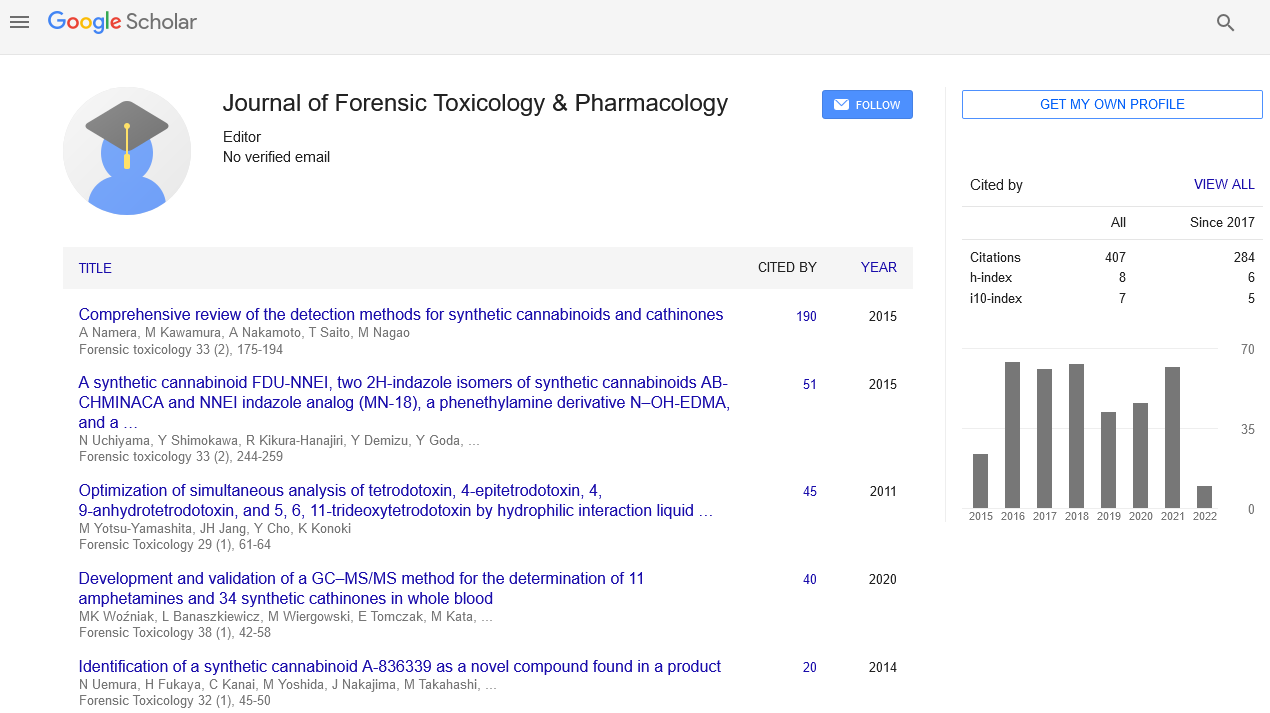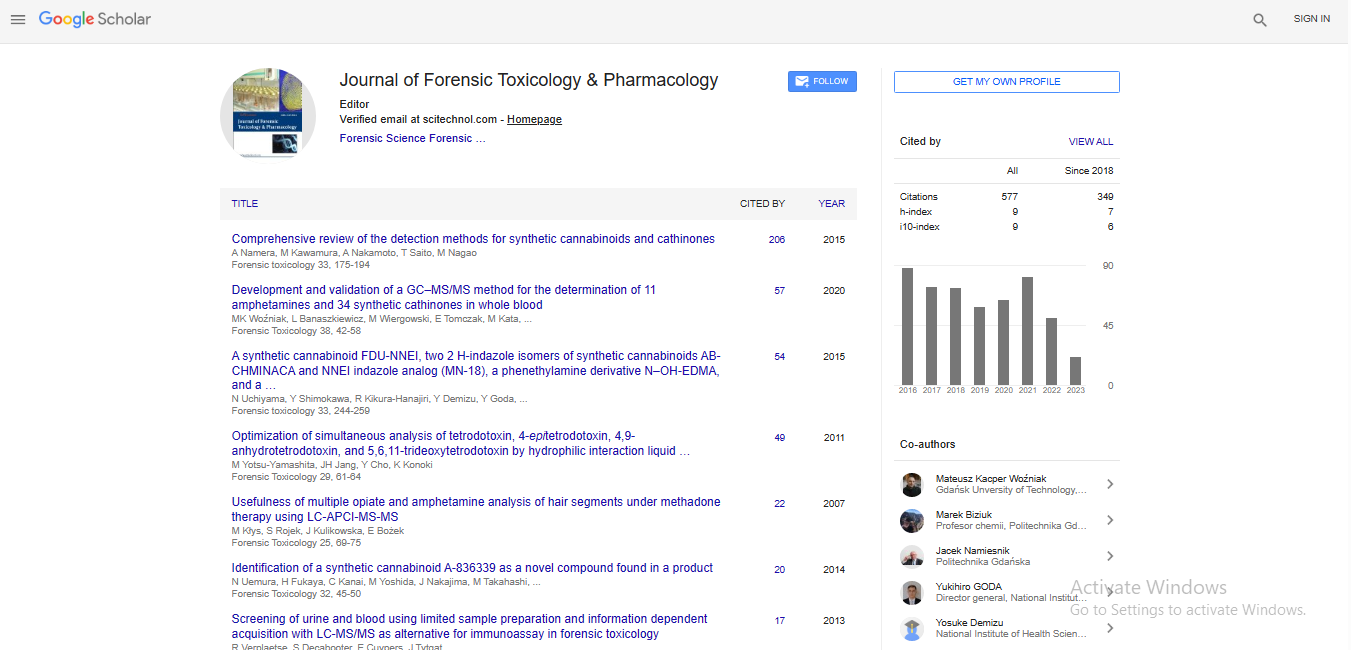Aurora-A: A biomarker and a target for cancers
Claude Prigent
Institute of Genetics and Development of Rennes, France
: J Forensic Toxicol Pharmacol
Abstract
The Aurora-A protein kinase was discovered in Drosophila in 1995. The human kinase was identified in 1997 and found to be overexpressed in breast cancer cell lines. The function of the kinase in the assembly of the mitotic spindle as well as its oncogenic activity was discovered in 1998. Since then, an intensive search for kinase inhibitors to be used in cancer treatment has been undertaken. A large number of inhibitors have therefore been identified and tested in clinical trials. However, after 20 years and although a large number of inhibitors have been made available, none has yet succeeded in any phase III. Does this mean that Aurora-A is not a good target? I will try to convince you that Aurora-A is a biomarker and a target. Indeed the kinase is an oncogene but it also helps cancer cells to survive by high jacking cell mechanisms and by installing resistance to treatments using microtubule poisons or DNA damaging agents.
Biography
E-maiL: claude.prigent@univ-rennes1.frc
 Spanish
Spanish  Chinese
Chinese  Russian
Russian  German
German  French
French  Japanese
Japanese  Portuguese
Portuguese  Hindi
Hindi 
